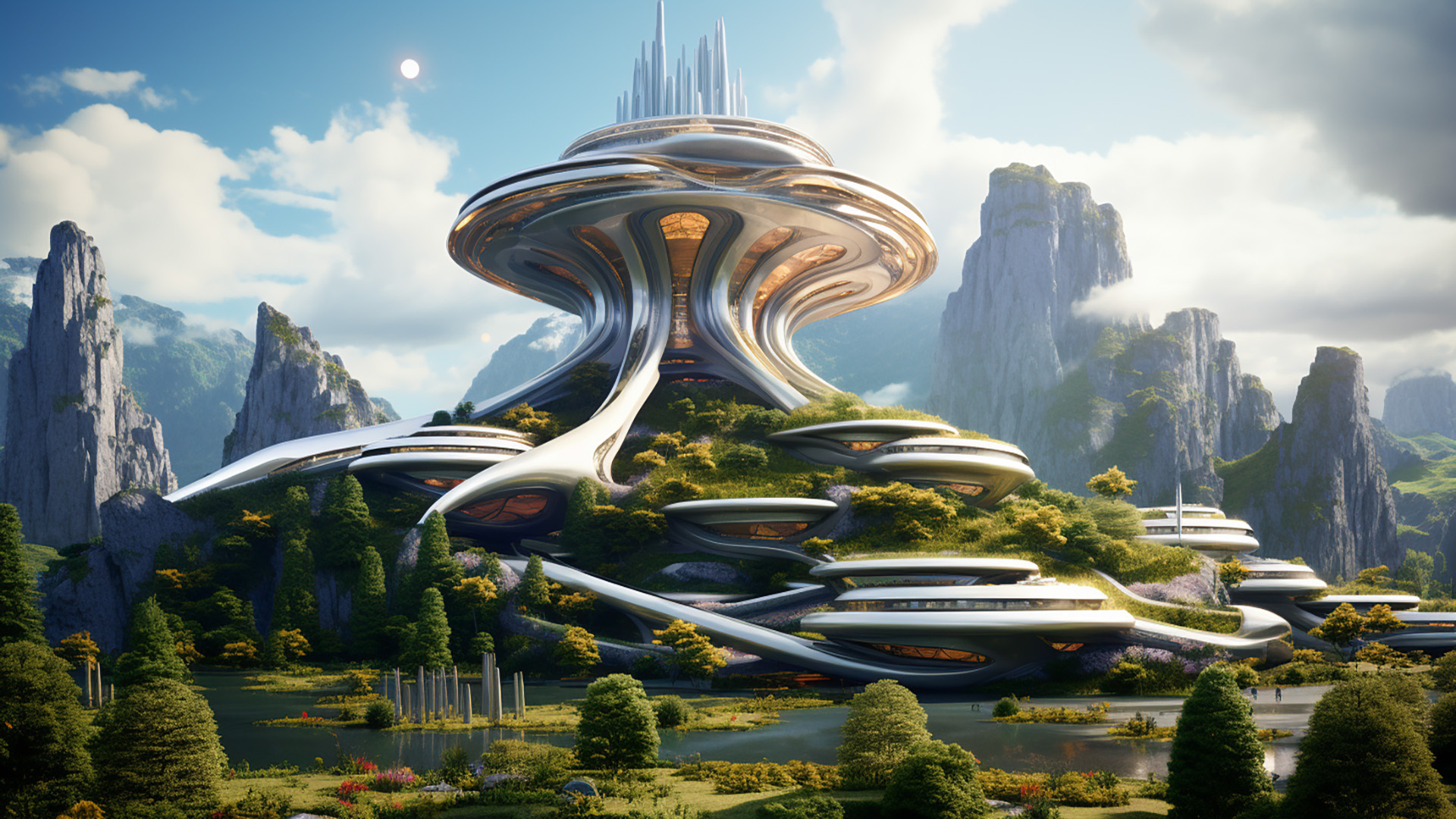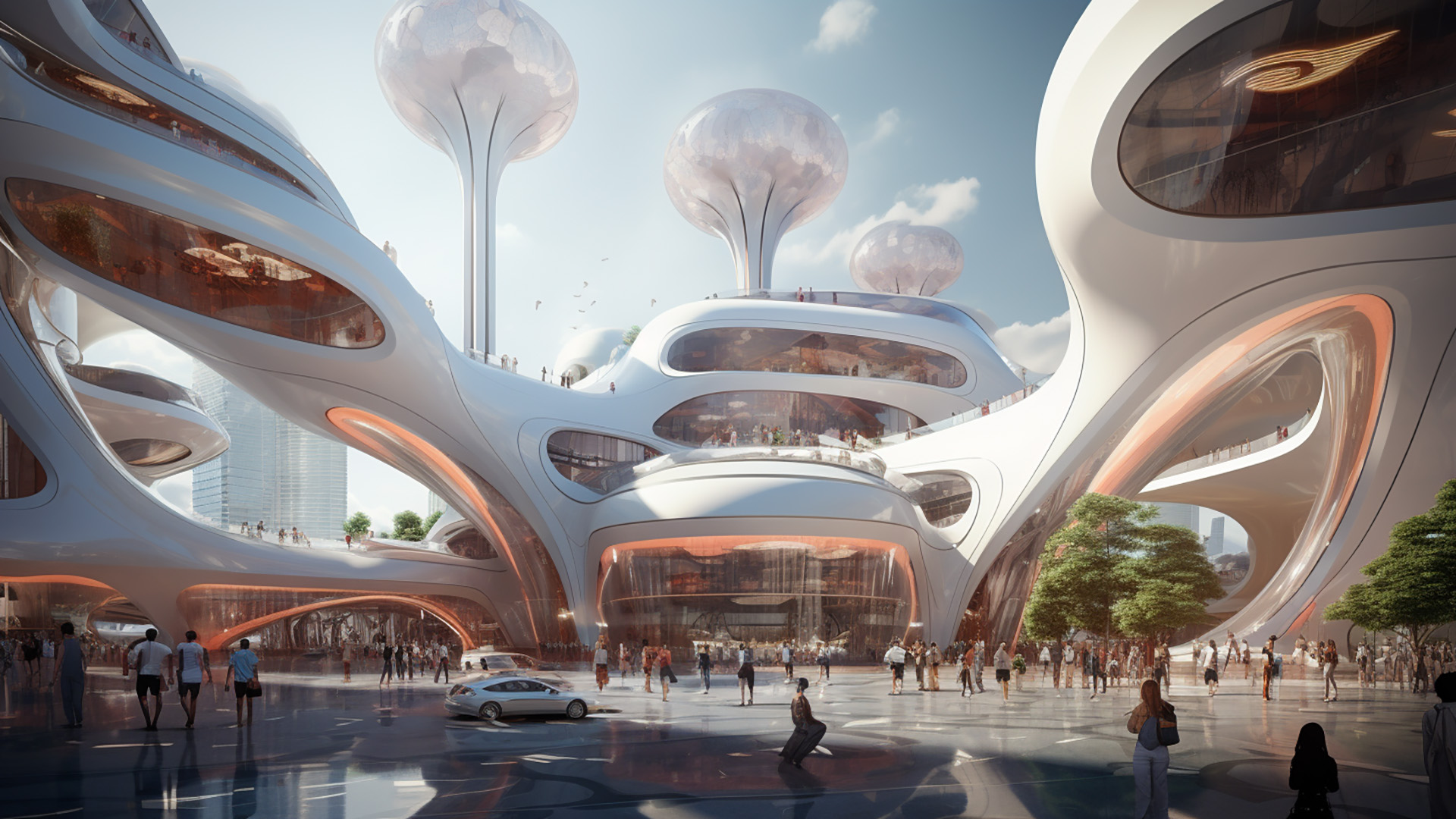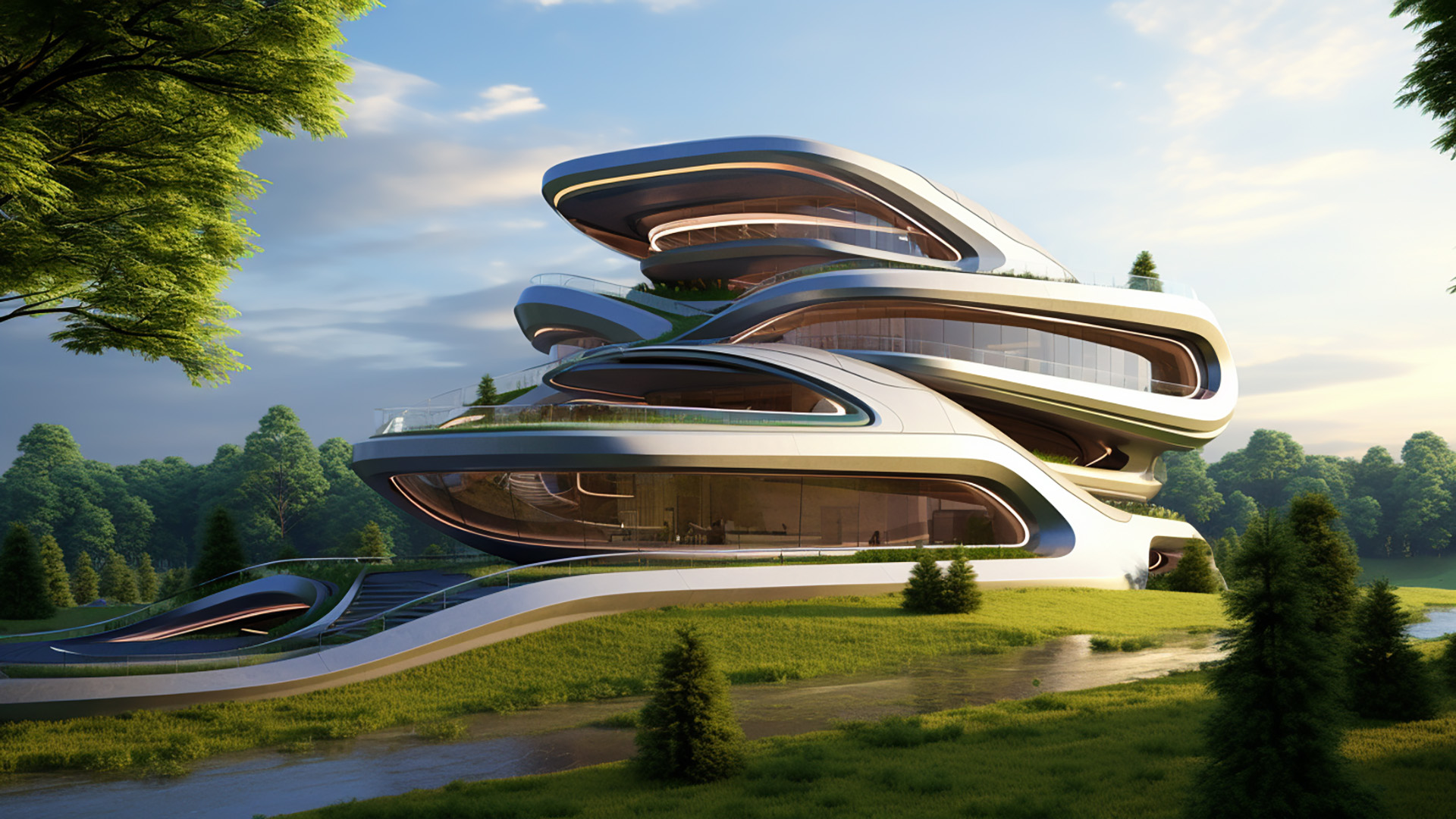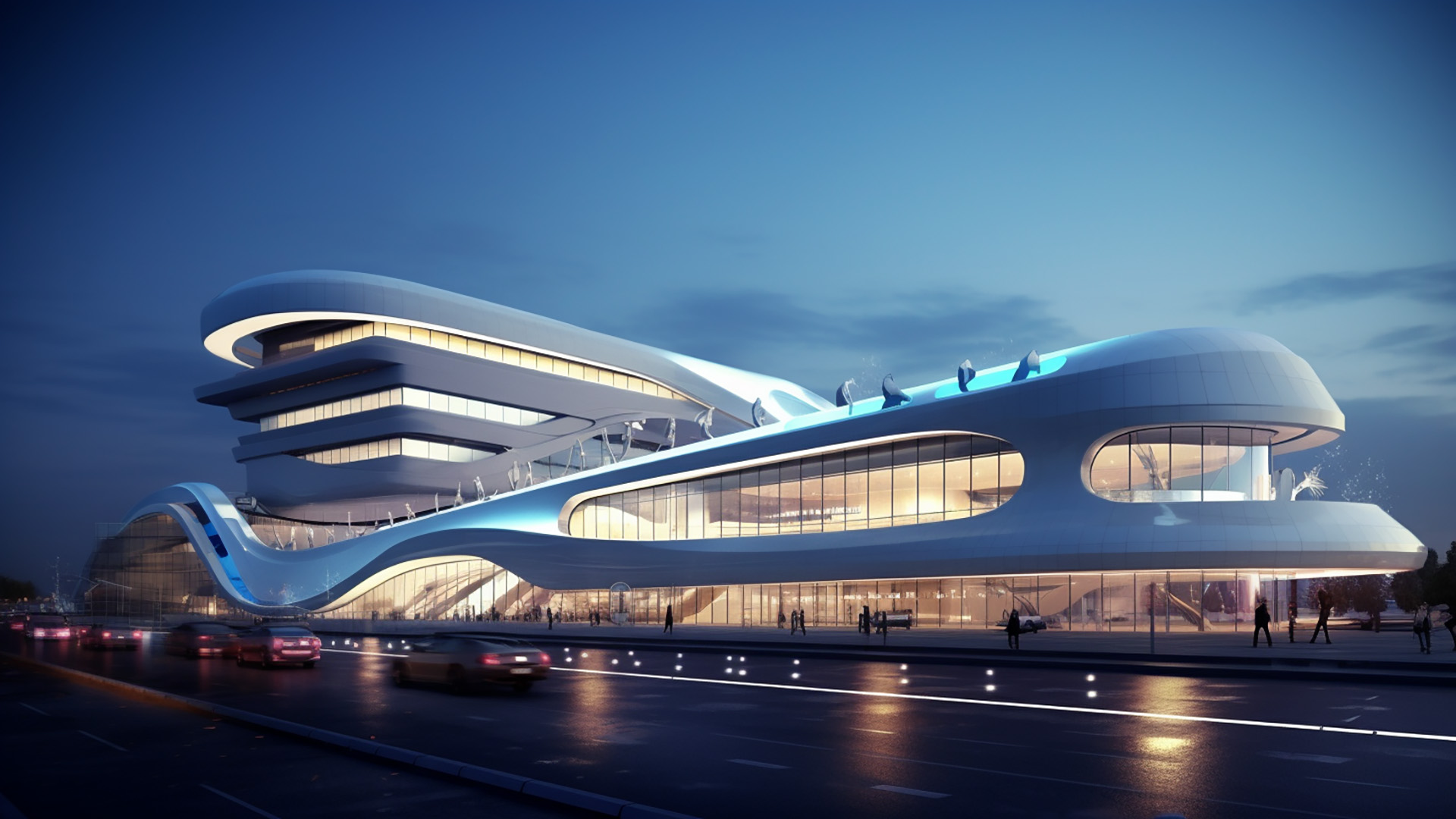
Elevating Architectural Visualization with Generative AI
In the realm of architectural visualization, the future is unfolding before our eyes, and at the heart of this transformation lies generative AI. This cutting-edge technology is poised to revolutionize the way architects, designers, and stakeholders bring their visions to life. By harnessing the power of AI-driven generative design, the architectural visualization process is set to reach new heights, offering an array of benefits that are poised to redefine the industry.
What is Generative AI in Architectural Visualization?
Before we delve into the myriad advantages, let’s first demystify what generative AI is all about. Generative Artificial Intelligence is a subset of artificial intelligence that focuses on automating the creative process. It involves using algorithms to generate designs, often based on a set of defined parameters. In the realm of architectural visualization, this means architects and designers can input certain criteria, such as structural stability, energy efficiency, or aesthetics, and let AI create a multitude of design options that meet these criteria.

Futuristic Shopping Mall Interior Concept Rendering Created Using Generative AI
Benefits of Generative AI in Architectural Visualization
The introduction of generative AI into the architectural visualization process is a game-changer, offering a host of benefits that elevate the entire experience. Let’s explore these advantages:
1. Enhanced Creativity and Exploration
Generative AI encourages creativity by allowing architects to explore design possibilities that may have been overlooked using traditional methods. By automating the generation of design iterations, architects have the freedom to experiment with unconventional and innovative design solutions. This leads to the creation of spaces that are not just functional but artistically exceptional.
2. Streamlined Design Decision-Making
One of the most significant advantages of generative AI is the acceleration of the design decision-making process. Architects and designers can rapidly generate and evaluate multiple design options. This expedites the decision-making process and enables stakeholders to make informed choices. Design iterations that once took weeks or months can now be achieved in a fraction of the time.
3. Energy Efficiency and Sustainability
Generative AI is a powerful tool in the pursuit of sustainable design. AI algorithms can optimize designs for energy efficiency, helping architects create structures that minimize energy consumption. This is vital in an era where sustainability is a priority. By considering factors such as natural light, insulation, and renewable energy sources, generative AI fosters the creation of eco-friendly and environmentally responsible designs.

Futuristic Sustainable and Energy-Efficient Building Concept Created by Generative AI
4. Reduction in Design Costs
By automating the design process, generative AI can lead to cost savings in multiple ways. It reduces the time spent on design iterations, which translates to lower labor costs. Additionally, the optimization of energy-efficient designs can lead to long-term operational cost savings for building owners. Overall, generative AI offers a cost-effective approach to architectural visualization.
5. Customization and Personalization
Generative AI isn’t just about efficiency; it also enables a high degree of customization. Architects can tailor designs to meet specific client requirements or regional conditions. Whether it’s creating a unique aesthetic or adapting a design for a particular climate, generative AI provides the tools for architects to cater to individual needs and preferences.
6. Rapid Prototyping and Visualization
Generative AI is a valuable asset in the early stages of architectural visualization. It can quickly produce design prototypes, allowing architects and clients to visualize and assess the concept’s feasibility. This rapid prototyping not only saves time but also provides a tangible way to discuss design ideas and potential improvements.
7. Sustainability Certification
Generative AI can assist architects in achieving sustainability certification goals, such as LEED or BREEAM. By optimizing designs for energy efficiency, use of sustainable materials, and other eco-friendly factors, AI-driven designs are more likely to meet the stringent requirements for sustainability certifications.

Hospital Concept Rendering Created Using MidJourney
The Path to a New Era in Architectural Visualization
As we embrace the capabilities of generative AI in architectural visualization, we are setting the stage for a new era of creativity, efficiency, and sustainability. Architects and designers have the opportunity to push the boundaries of what’s possible in design and offer clients spaces that are both visually stunning and environmentally responsible.
In the years to come, generative AI will continue to evolve and offer even more sophisticated tools for the architectural visualization process. With its ability to enhance creativity, streamline decision-making, and support sustainable design, generative AI is a transformative force that’s reshaping the architectural landscape. It’s a glimpse into the future where architectural visualization is not just about envisioning spaces but creating them in the most efficient, creative, and sustainable way possible.
The future of architectural visualization is illuminated by generative AI, and it’s an exciting path we’re eager to explore together.


